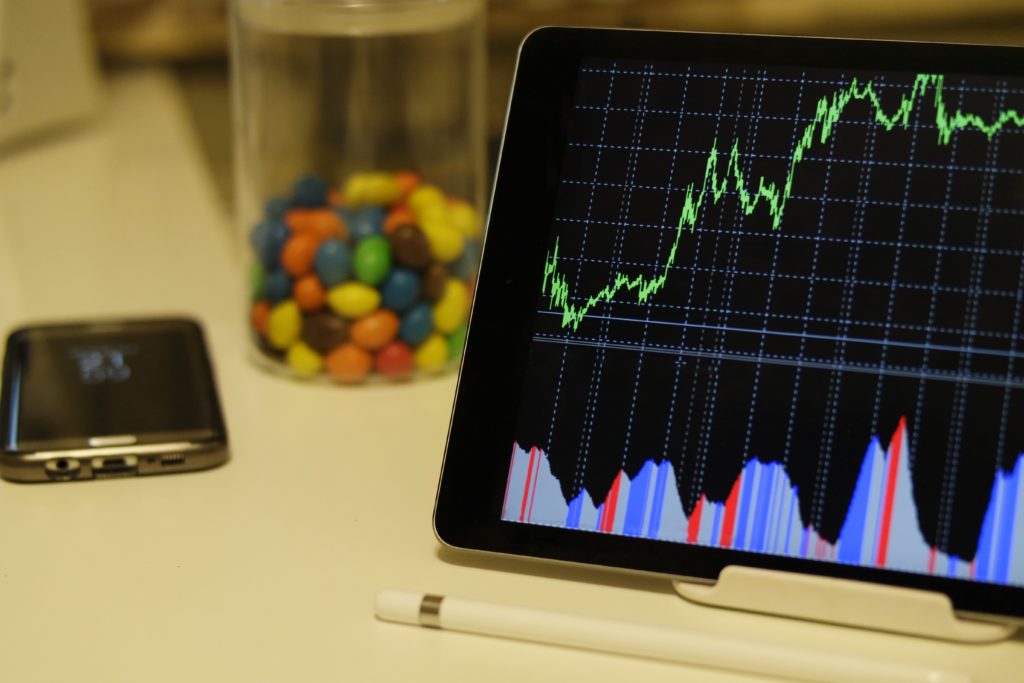Speculators are full of instability, insanity, pride and foolishness. They will sell without knowing the motive; they will buy without reason.
Joseph de la Vega, Confusion de Confusiones, 1688
Since Amsterdam merchant Joseph de la Vega’s early observances of the first stock market, the secret to trading stocks has been discipline and risk management. Even in this early market in which all trades were confirmed on a handshake, prudent traders used futures and options to cover their price exposures in the event the market moved against them. Without discipline, traders are more likely to produce volatile returns like the foolish Dutch speculators.

The Stock Market
The main activities of stock exchanges have not changed since the Dutch East India Company set up the first stock exchange, the Amsterdam Stock Exchange, to sell stock to raise funds to finance its voyages in the seventeenth century.
A stock exchange is a marketplace where securities are bought and sold. Shares in companies were the first securities to trade on stock exchanges. In exchange for buying company shares, investors are rewarded by share price appreciation, reflecting the company’s expected future financial performance. In the event of share price depreciation, the amount the investor invested in the stock is at risk of being lost.
Today, a broad range of securities trade on stock exchanges. The Dutch East India Company also issued the first corporate bond in 1623. Stocks, bonds, commodities, currencies, index funds, exchange traded funds (ETFs), and financial derivatives (futures and options) can be traded.
Who Are the Stock Market Participants?
Stock market participants consist of the corporations and governments issuing securities and the investors who invest in and trade them. Investors include large institutional investors and individual investors. Between buyers and sellers are middlemen called stock brokers. Securities may be listed on an exchange or sold over the counter (OTC). Up until the 1980s, traders operated out of the trading pits.
Traders now have a wide choice of electronic trading platforms. When choosing a trading platform to start trading stocks, broker reviews are a good place to start. Dailyinvestnews.com is one of the best resources for trading news, updates and broker reviews.
Pros of Stock Trading
- Stocks provide attractive risk-return performance compared to other investments such as bonds (low risk-low returns) and currencies (high risk-high return return potential).
- Passive investors can achieve the returns of a stock index such as the S&P 500, or other underlying benchmarks, by investing in low cost ETF and index funds.
- Dividend paying stocks can provide an steady monthly or quarterly revenue stream.
- Broad diversification is possible across industries, investment style, market capitalization (small/medium/large cap), and various smart beta factors (e.g., value, size, risk).
Cons of Stock Trading
- Active stock investors underperform passive investors long term.
- Stocks are trading at historically high volatility levels.
How to Be a Disciplined Stock Market Investor
The best way to avoid becoming a foolish speculator is to have a trading and risk management plan. Determine how much capital to put at risk and your loss limits. As part of this process, you should:
- Determine your allocation by asset class (e.g., stocks, bonds, currencies, cash).
- Choose your investment style: Do you plan to actively trade stocks or invest in passive equity instruments such as major stock indices and ETFs?
- Establish a trading margin within your risk parameters.
Now you are ready to start picking stocks.
- Choose stocks with good liquidity (total number of shares traded/average number of shares outstanding) to ensure you can quickly buy and sell them in sufficient volumes. The stock of Apple (AAPL) has high liquidity (28.4 million shares actively trading) while Apple supplier Diodes Incorporated (DIOD) has average daily volume of 300,000 shares. If you decide to unload 10,000 or more shares in DIOD, you may not find an immediate buyer. A large volume sale would have a significant impact on price.
- Start off by paper trading to get used to the trading interface and tools and test your trading strategies without losing money.
- Copy trading is another good way to try out various trading strategies. Follow traders who are using different strategies.
- Avoid letting emotions control your trading decisions by sticking to your trading plan.
With access to global markets and after-hours stock trading, traders can find open stock markets most hours of the day and night on weekdays. Electronic trading makes it easy to enter or exit the market on enticing trading signals with a click of a mouse. Make it your business “to watch these things conscientiously, without blind passion and irritating stubbornness,” like de la Vega’s disciplined trader, and you are more likely, though not always, to succeed.
